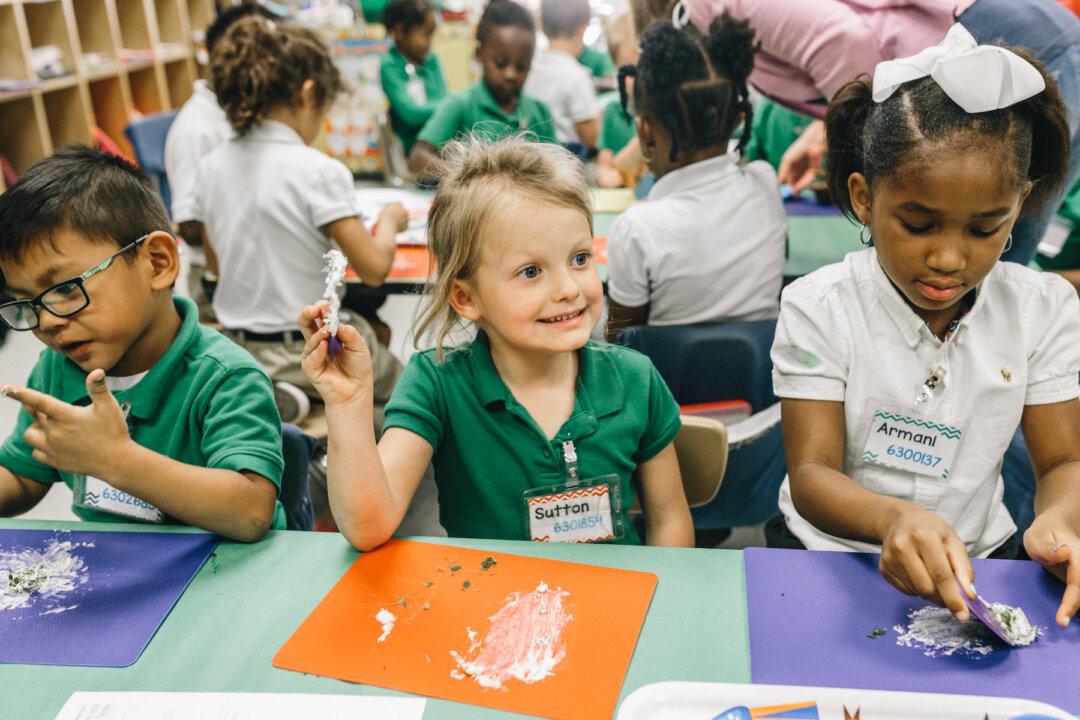Growing up, math was like a foreign language. I literally could not understand what the teachers were saying, especially as they were often writing on the chalkboard with their backs to the class. My mom tried everything—even resorting to a book called “Overcoming Math Anxiety”—but math simply did not and would not make sense to me.
One afternoon when I was leaving elementary school, I noticed a small group of kids heading into one of the classrooms, led by an enormous, gentle-giant-looking teacher. Once inside the room, his theatrical voice boomed into the corridors. The kids laughed and chatted, as if they were actually enjoying themselves. Why were those kids allowed to have so much fun at school?

